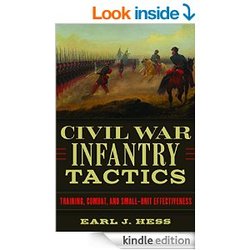
Earl J. Hess
Louisiana State University Press, 2015, 300 pp. + 22 pp. introduction, $45.00
Image courtesy of amazon.com
As the plethora of Civil War studies goes on, many narratives attempt to explain the intricacies of infantry tactics as they occurred within a battle or campaign. There are a select few books on infantry tactics themselves, most of which are reproductions of existing tactics manuals from the period. In his book, Civil War Infantry Tactics, Earl J. Hess explains the very nature of how tactics evolved into what they become for the time of the Civil War from European Influences to Early American Tactics and even mentions the difficulties of the introduction of the rifled musket. Throughout this book, all aspects of infantry tactics are explained in detail and with sheer excellence that this book is a welcome addition to the lack of modern tactical study.
Earl J. Hess is the Stewart W. McClelland Chair in History at Lincoln Memorial University and is the author of many works. Some of his most famous works include his three part study on field fortifications which includes In the Trenches at Petersburg. He is also the author of Kennesaw Mountain: Sherman, Johnston, and the Atlanta Campaign; The Knoxville Campaign: Burnside and Longstreet in East Tennessee and The Civil War in the West: Victory and Defeat from the Appalachians to the Mississippi. He is also the author of one of the most esteemed works on Pickett’s Charge: The Last Attack at Gettysburg, which was the 2001 winner of the James I. Robertson Jr. Prize from the Civil War Library and Research Center.
There are many places in this book which causes it to shine. First and foremost, the book is solely dedicated to the study of infantry tactics during the Civil War and the immense amount of knowledge which he placed to help the reader understand what was being said. The narrative is aided by the tables which commanders used, or did not use, to employ the tactic at the time. Certain chapters were dedicated to certain tactics such as skirmishing, training and columns. He even ends his work with an analysis of tactical development after the war. But one of the most enjoyable parts of the work was the look into the evolution of tactics from European influences and early American as well. While battles were used to create explanations for certain tactics being explained, Hess never goes into a chronological detail of battles and campaigns and how they morphed the decisions taken at combat. Furthermore, the narrative is quite engaging for any reader, even the most schooled Civil War student. There are new bits of information spread all over the work which shine with the excellence Hess has been known to bring to his work. The end effect of this book is a work which should accompany any reproduction of an infantry manual owned by Civil War readers and students.
I highly recommend this book to anyone interested in Civil War studies, especially strategy and tactics. Hess brings excitement to the study and he brings light to things which may have caused confusion for some readers and it is a welcome addition to a study which has been ignored in other works. I cannot remember the last time a work was written about infantry tactics as well as this one here. Finally, we have a modern study on these tactics and I cannot be happier for this addition to the realm of Civil War academia.
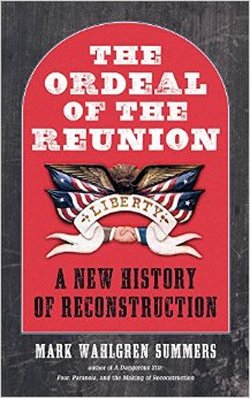
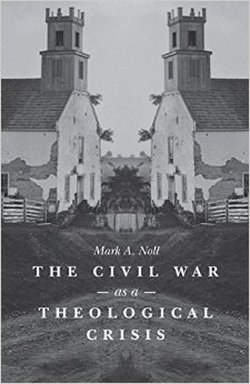
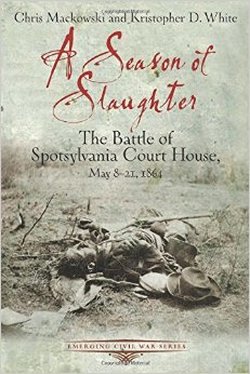
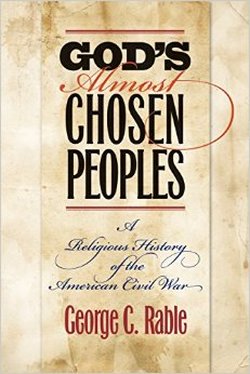
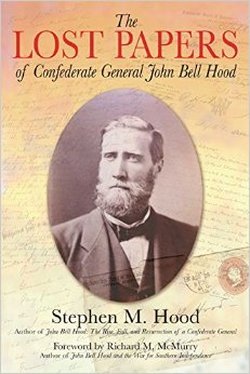
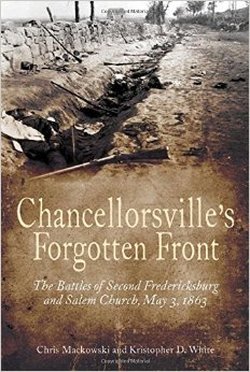
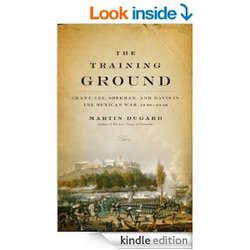
 RSS Feed
RSS Feed
